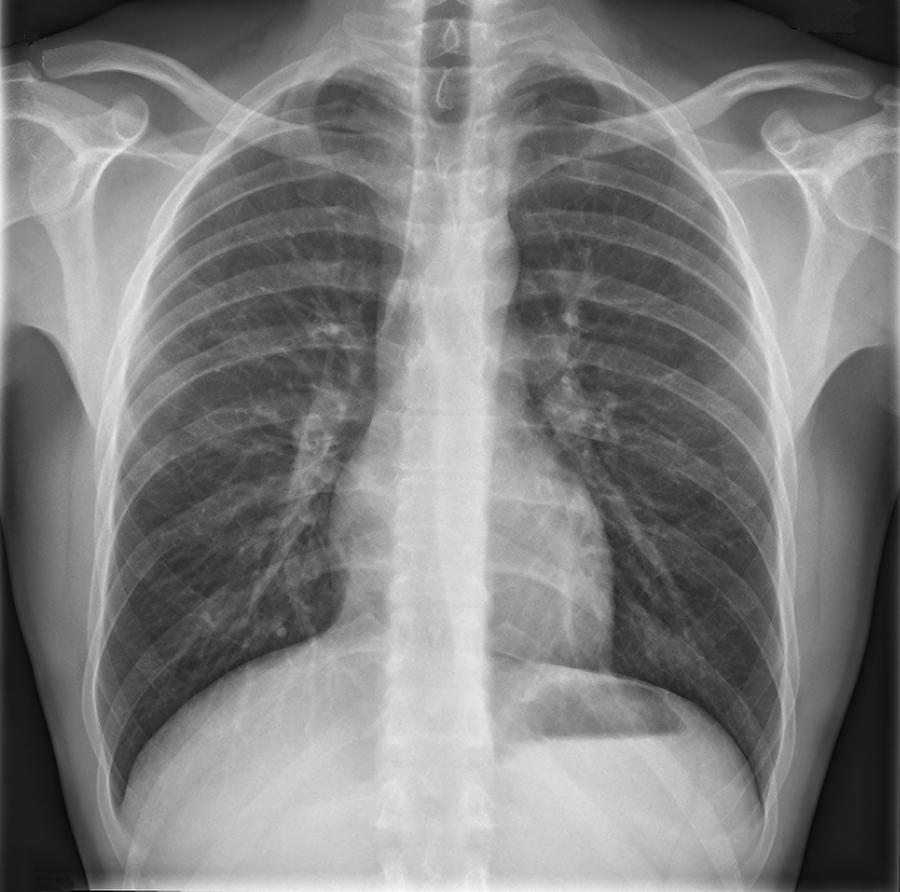 The X-ray machine is an absolute staple of modern medicine! It makes the diagnosis of certain conditions possible as well as making several other problems much easier to diagnose than they were in the past. The X-ray was first discovered by a German physicist known as Wilhelm Rontgen in 1895 when he was attempting to pass electrical currents through a glass tube at low pressure. While he was doing this he realised that highly energetic electromagnetic radiation (X-rays) was able to penetrate solid objects. This was a breakthrough that literally immediately transformed the face of medicine. It was the first time that the inside of the body could be seen without having to cut into flesh and it was a discovery that amazed everyone!
The X-ray machine is an absolute staple of modern medicine! It makes the diagnosis of certain conditions possible as well as making several other problems much easier to diagnose than they were in the past. The X-ray was first discovered by a German physicist known as Wilhelm Rontgen in 1895 when he was attempting to pass electrical currents through a glass tube at low pressure. While he was doing this he realised that highly energetic electromagnetic radiation (X-rays) was able to penetrate solid objects. This was a breakthrough that literally immediately transformed the face of medicine. It was the first time that the inside of the body could be seen without having to cut into flesh and it was a discovery that amazed everyone!
Within 12 months of the discovery the first X-ray machine was used at the Glasgow Royal Infirmary in Scotland on a child. However, it wasn’t just hospitals that were exploring this technology and they could even be spotted at carnivals where a person could pay to look at their own skeleton. Jump to over a hundred years later and a physicist in the Netherlands, Gerrit Kemerink, found an X-ray machine that is believed to have been created around the same time as Rontgen’s creation. Kemerink used this device to conduct an X-ray and discovered that the radiation was 1,500 times higher than the radiation which is caused by a modern X-ray! This discovery explains why those who worked with X-ray machines in the past suffered such extreme side effects of radiation, such as hair loss and burns. Another huge difference between the original devices and the modern ones is that it took a full 90 minutes to get a scan whereas today it takes 20 milliseconds!
Today special measures are taken to ensure that exposure to the harmful radiation from X-rays is kept to a minimum. This is done to protect both the patient and the doctor. The use of these rays in treating cancer and certain skin conditions is also now known of and referred to as radiation therapy. The military was very quick to embrace X-ray technology as it is very useful in enabling the removal of shrapnel and bullets from injured soldiers. Recruits to the army can also be X-rayed to determine if they are suffering from diseases of the chest such as TB.
It is certain that without this revolutionary technology medicine would not have progressed to the fantastic point that it has reached today!
References
1) http://www.the-scientist.com/?articles.view/articleNo/30693/title/The-First-X-ray–1895/
2) http://www.sciencemuseum.org.uk/broughttolife/techniques/xrays.aspx
Related Posts
Cigarettes May Inhibit Inflammation Treatments
Axial spondyloarthritis, also known as AxSpa, is a chronic…






